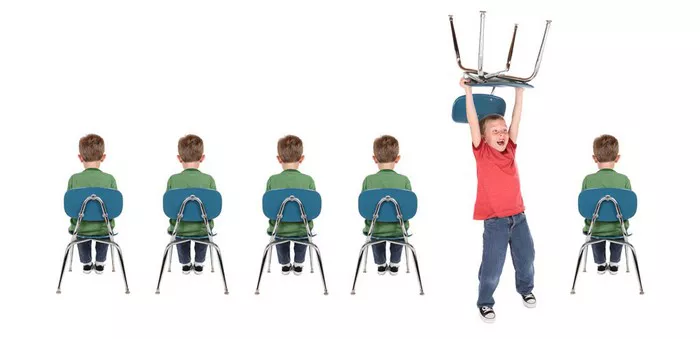Bipolar disorder, once thought to primarily emerge in early adulthood, is increasingly being diagnosed in adolescents—a trend that has alarmed parents, educators, and mental health professionals. Recent data from the Centers for Disease Control and Prevention (CDC) suggests that diagnoses of bipolar disorder in teens have risen by nearly 40% over the past decade, raising urgent questions about contributing factors and the best ways to support affected youth.
Traditionally, bipolar disorder was believed to manifest in a person’s mid-20s, but researchers now recognize that symptoms can appear much earlier. In adolescents, the disorder often presents differently than in adults, making it harder to identify. While adults typically experience distinct manic and depressive episodes, teens with bipolar disorder may exhibit rapid mood swings, irritability, and explosive outbursts—symptoms that can be mistaken for typical teenage behavior or misdiagnosed as ADHD or oppositional defiant disorder (ODD).
The reasons behind this rise in adolescent bipolar diagnoses are complex. Some experts point to greater awareness and improved diagnostic criteria, allowing clinicians to identify cases that might have been overlooked in the past. However, environmental and societal factors may also play a role. Increased academic pressure, social media stress, and sleep deprivation—all of which disrupt circadian rhythms—have been linked to mood dysregulation in vulnerable individuals.
Another concerning factor is the potential overlap with trauma. Studies indicate that adolescents who experience childhood trauma, such as abuse or neglect, are at a higher risk of developing bipolar disorder. The stress from traumatic events may trigger genetic predispositions, leading to earlier onset. Additionally, substance use—particularly cannabis and stimulants—has been associated with earlier and more severe bipolar symptoms in teens.
The implications of bipolar disorder in adolescents are profound. Without proper treatment, affected teens are at high risk for academic struggles, self-harm, substance abuse, and suicide. A study in JAMA Psychiatry found that teens with bipolar disorder are up to 30 times more likely to attempt suicide than their peers. Early intervention is critical, yet many families face barriers to care, including long wait times for specialists, high treatment costs, and stigma.
Treatment for adolescent bipolar disorder typically involves a combination of mood stabilizers (like lithium or lamotrigine), psychotherapy (particularly family-focused therapy), and lifestyle modifications to regulate sleep and stress. However, medication decisions must be carefully weighed, as some mood stabilizers have significant side effects in developing brains.
Schools also play a crucial role in supporting students with bipolar disorder. Educators trained in recognizing mood disorder symptoms can help direct students to mental health resources, while accommodations like flexible deadlines and quiet testing environments can make a significant difference.
As research continues, experts emphasize the need for better screening tools, increased mental health funding, and family education to address this growing crisis. With early diagnosis and comprehensive care, many teens with bipolar disorder can manage their symptoms and thrive—but the first step is recognizing the problem before it spirals out of control.


